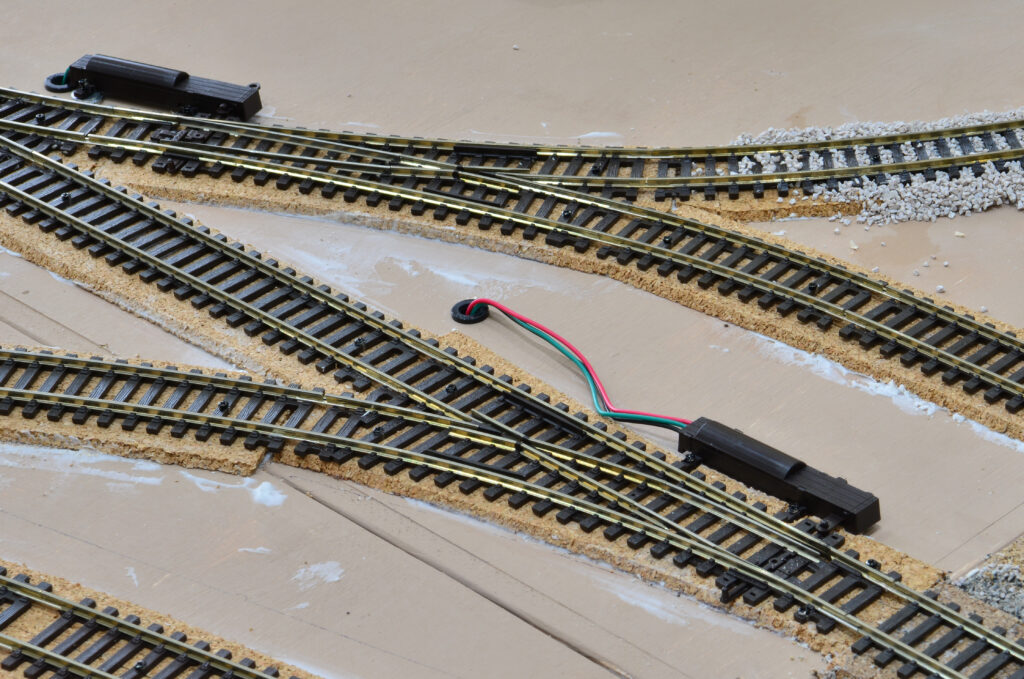You can save a significant amount of money using the right wires for your model train layout. It allows an easier wiring process as well. But the challenging part involves choosing an appropriate size of the wire.
If this is your first time wiring, the process can be confusing. Keep in mind that you will need sockets, connectors, and switches, to complete the wiring process. In some cases, you will also need heat shrink tube wrap for your wiring. Purchasing these items will reflect more on your budget as well as require bigger wires and cables.
When you solder or bend the wires, you will notice that each wire reacts differently. The difference in behavior depends on the size and types of the wires. Choosing the wrong wire type can be tiring and problematic.
Most importantly, when you use wires of the wrong size, you will face electrical problems such as insufficient current flow. You can easily construct the layout by using the right wire size. As a result, you can build reliable model train layouts. Here are some ways you can choose the right wire gauge for model train layouts:
Track Bus Wiring Sizes
When bus wiring, you need to consider one of the three recommended sizes. If you have a small layout, you can choose a wire gauge with a 1.29mm diameter. This will be the optimal size for the model train layout. On the other hand, you can choose a wire gauge with 1.62mm, if the layout is medium size. However, if the layout has a long track run, you can use a 2.5mm wire gauge.
Wires for Track Feeders and Dropper Wires
For droppers or feeders, you should choose smaller wire gauges. For instance, 0.64mm or 23 SWG will work well. When soldering your rail tracks, you can easily perform the task with a small size wire gauge. For dropper wires, you should have droppers in every section of rails.
Solid or Stranded Wire
When choosing between solid cores or stranded wires, you need to consider the arrangement of the wire. For instance, if the wires rarely move and run straight throughout the track, you can choose a solid core. But, when the wires are twisting and turning throughout the course, you can go with stranded wires.
Solid cores are not flexible and may easily break if moved. That is why you need to keep them in a uniform position. However, stranded wires are flexible, allowing you to bend them while laying out the tracks.
Conclusion
If you are still confused about choosing the right wire gauge for model train layouts, contact us. You can purchase a wide range of wire gauges from our store. So, visit our store and direct contact with our professional technicians.


